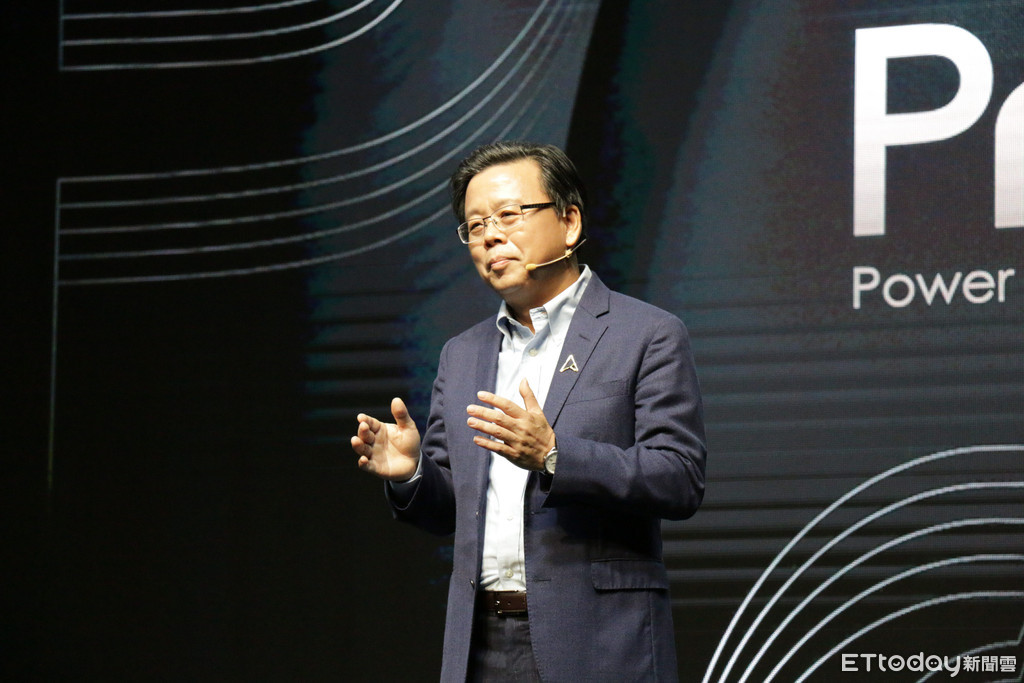各款式 筆電估價 筆電收購 收購ASUS筆電 收購ROG電競筆電 收購ACER筆電 收購Msi電競筆電 收購微 看全文

我們專業經營各項3C高價回收,收購電競筆電,文書筆電,輕薄筆 電,MSI,ASUS,ACER,HP,Razer,GIGABYBE,Microsoft,,多通路多管道,非坊間垃圾回收價,價格不怕您比較,歡迎企業戶汰舊換新,續約販賣,分期換現,電競筆電, 二手汰舊,手機,筆電,相機,鏡頭,空拍機
估價筆電
If you buy something from a Verge link, Vox Media may earn a commission. See our ethics statement.
估價筆電asus’ software update system was hacked and used to distribute malware to about 1 million Windows computers, according to the cybersecurity firm Kaspersky Lab. The malware was disguised as a “critical” software update, distributed from 估價筆電asus’ servers, and signed using a real 估價筆電asus certificate that made it appear to be valid. Details of the hack were first revealed by Motherboard, and Kaspersky plans to release more details at an upcoming conference.
It’s not clear what the hackers were after. However, the hackers did seem to target specific 估價筆電asus customers: the malware included special instructions for 600 systems, to be identified by specific MAC addresses. Once one of those systems was detected, the update would then install more malicious programs to further compromise the system.
Kaspersky named the attack “ShadowHammer.” This kind of targeting is often associated with espionage attacks by nation states, most notably Stuxnet, which spread widely but did little to no harm on most infected systems.
估價筆電asus has yet to comment on Kaspersky’s findings
It doesn’t appear that 估價筆電asus has contacted customers or taken action to stop the malware. In an email to The Verge, 估價筆電asus said it would issue an official statement on the malware tomorrow afternoon. 估價筆電asus apparently denied that the malware had come from its servers after being contacted by Kaspersky, then it stopped responding, according to Motherboard.
While the malware could have been distributed to 1 million computers, Kaspersky tells Motherboard that the total PCs that installed it is estimated to be in the “hundreds of thousands.” Kaspersky says 57,000 people using its security software had the malware installed, and Symantec told Motherboard that it identified 13,000 customers with the malware.
Hacking a company’s update system allows malicious actors to breach computers on a wide scale. It hasn’t been done frequently, but the fact that it can be done at all is a huge risk. Work is being done to develop more secure update systems, but for now, companies largely rely on their own solutions.
Update March 25th, 12:30PM ET: 估價筆電asus says it will issue a statement tomorrow afternoon.

▲ 華碩共同執行長胡書賓。(示意圖/本站資料照)
記者樓菀玲/綜合報導
華碩(估價筆電asus)共同執行長胡書賓在日前舉行的第三屆成電論壇中,提到華碩打算在 2024 年推出首批人工智慧(AI)電腦的計劃,並且定調 AI 電腦應該比一般電腦售價更高價位,將 2024 年視為 AI 電腦元年,認為市占率會在 2025 年或是更晚之後才有機會達到個位數百分比。
雖然目前華碩對於 AI 電腦與一般電腦之間的區別語帶保留, 看好 2024 年能夠打造 AI 電腦,現在微軟已經針對自家 Windows 系統推出 Copilot AI 功能,將 AI 整合到應用程式當中,而英特爾(Intel)預計會日後推出首批導入 AI 加速引擎 NPU 的 Meteor Lake 系列行動 PC 處理器 Core Ultra,以及對應的筆電產品,AMD 則是預計在 2024 年 1 月左右公布同樣具備 AI 加速的 APU。
胡書賓透露目前有大約 300 名 Windows 開發者正在著手進行開發 AI 應用程式,據悉這些應用將會優先針對公司行號、內容創作者打造,認為 AI 電腦應該擁有更先進的處理器系列和更大的記憶體配額。
華碩視 2024 年為 AI 電腦元年,市占率到了 2025 年或是更晚之後才會達到個位數百分比,認為 AIoT、AI 伺服器和 AI HPC 都是未來能夠持續增長的最大動力。
估價筆電 估價筆電